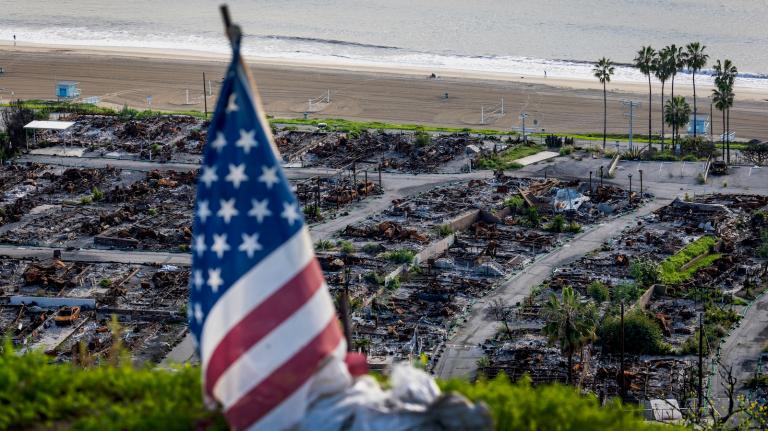A while back I lamented about how much extra driving my family does, now that our older daughter has started kindergarten. (To recap: the school that my wife and I chose isn’t in our neighborhood, and we’re driving an extra 75 miles every week as a result. Ugh.)
Just before school started, my main beef was that all that extra driving would increase our family’s contribution to climate change. I still think that’s right.
But there’s perhaps a more immediate impact worth mentioning. I’m spending a lot more time in my car on the typical weekday — a little over double the time, as a matter of fact.
And at risk of sounding like a whiner: it’s really getting to be a drag.
My kids don’t notice much of a difference: if anything, they spend less time in the car than they used to. But once we drop them off, we’ve got a much longer commute into work, at a time when the highway traffic is typically moving along at a crawl. Plus, we now get on the highway at a place where even the carpool lanes can get backed up.
So — for the first time in our lives, really — Amy and I are experiencing rush hour the way so many other people do: not as a brisk walk, or a laid-back bus ride, or a quick family trip in a car, but as a slow, grinding slog.
And here’s the thing: I can already see signs that the extra driving is wearing on my patience. I find myself getting frustrated with aggressive drivers — but also driving more aggressively myself, trying to shave off a few seconds from each trip. Ask me how I’m doing, and I’ll now talk about my commute, not my kids. I feel lonelier, and less in touch with my family, since I do part of my afternoon commute as a solo driver. And every day I feel a twinge or two of fear on the roads, especially while navigating weaving, stop-and-go traffic.
I don’t have any right to complain, really. We brought the commute on ourselves, after all.
Still, every once in a while I catch myself longing for one of those wildly expensive traffic “solutions” I’m always reading about — a wider highway, or extra lanes stacked on top of each other in a cut-and-cover tunnel (see, e.g., p. 73 of this pdf), or even an “intelligent highway” that could let cars tailgate safely. Anything that could make that part of the day a little quicker — the way my commute used to be.
And what really surprises me is that our commute is still a lot better than most of the people with whom we share the highway. We’re carpooling — we’ve started taking other parents with us on our commute — so we have a faster trip than most of the solo drivers stuck, sometimes at a standstill, in the regular lanes. I can’t tell if the other drivers are even more frustrated than we are, or simply resigned to their fates.
I don’t know if there’s a lesson here, really. But two thoughts stand out.
First, I now understand first-hand — not just intellectually, but emotionally — why people hate their commutes so much (see here for more about that). In the same vein, I see why so many people are convinced that bigger, faster highways would improve their lives. They might, of course, at least for a while; but the cost is huge, while the relief, if any, would be temporary.
And second, I’m even more at a loss than ever as to why more folks aren’t willing to try out some alternatives to solo driving. I mean, the highway system really doesn’t work that well any more for drive-alone commuters in urban areas, especially at peak times. And it’s just not going to get any better — highway projects in urban areas are massively expensive, which means there’s nothing reasonable on the horizon that could make solo commuting any more pleasant.
So to me, ramping up alternatives — expanding vanpools and transit service, charging highway tolls at peak times, focusing new housing closer to jobs or transit hubs, experimenting with commute-reduction strategies, and so forth — seems like a no brainer.
Some of that’s being done, of course; but some of it still raises all sorts of opposition, typically on cost grounds.
But I think that’s blinkered thinking: the thinking of someone parked on a superhighway, wishing he could get moving again, or at least see something — anything — besides the rear of the truck parked ahead of him.


